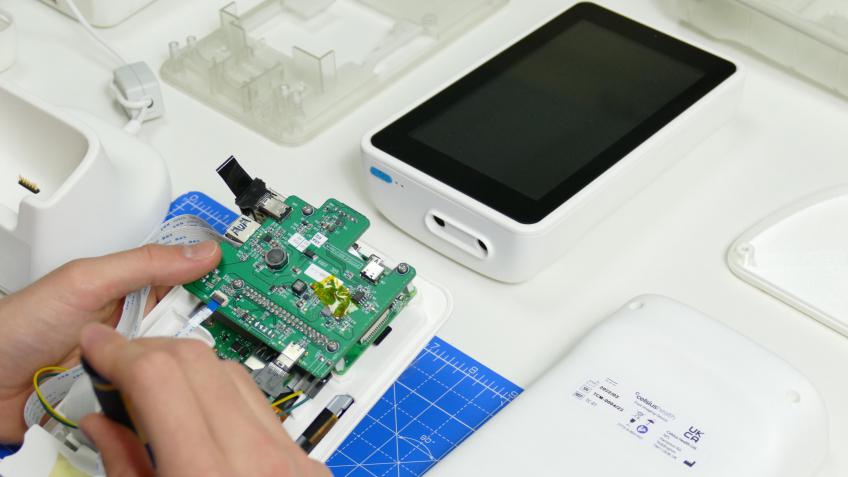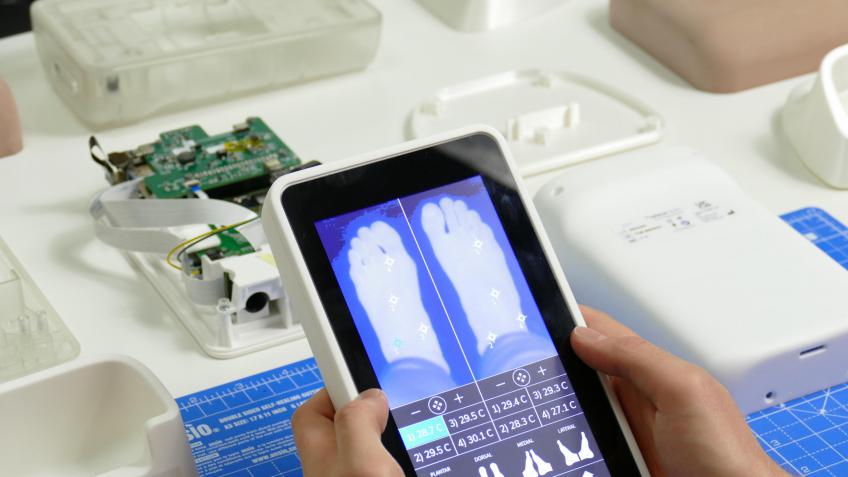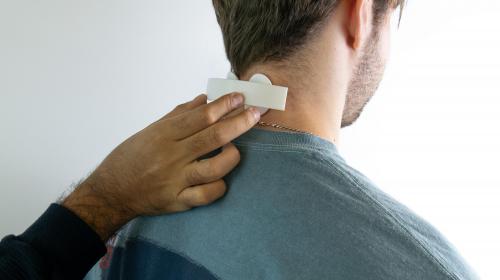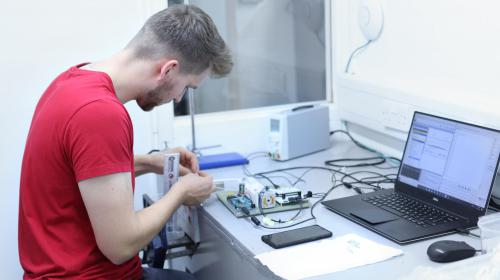How Inclusive Design Makes Medical Products Better for Everyone
How Inclusive Design Makes Medical Products Better for Everyone
Inclusive design isn’t just about accessibility—it’s about making products safer and easier to use for real people in real settings. In this article, we’ll explain how inclusive design makes medical products better for everyone, whether you’re a healthcare professional or a patient.

Start with the real user
IDC begins by understanding who’s using the device, and under what conditions. That includes age, ability, language, and environment, because assumptions lead to blind spots.
Make things easy
Clear buttons, readable displays, and logical interactions reduce errors. This is especially important in high-stress environments like hospitals or care homes.
Design for difference
Hands vary. Vision varies. Not everyone reads instructions the same way. Inclusive design builds in flexibility, like large-text displays or controls that don’t rely on fine motor skills.
Test with a diverse group
We test with people who may be older, disabled, recovering from injury or using English as a second language. This helps identify problems that standard testing can miss.
Don’t forget the packaging
A device that’s hard to open, confusing to set up, or unclear in its instructions is a design failure—even if it works perfectly. We consider the whole experience, not just the hardware.

IDC’s approach
IDC’s approach to ideation and design, where inclusion is built into every stage of our design process, enables us to create better, safer products that work for more people. We don’t make products for the “average” user; we design the medical devices of tomorrow with everyone in mind.


